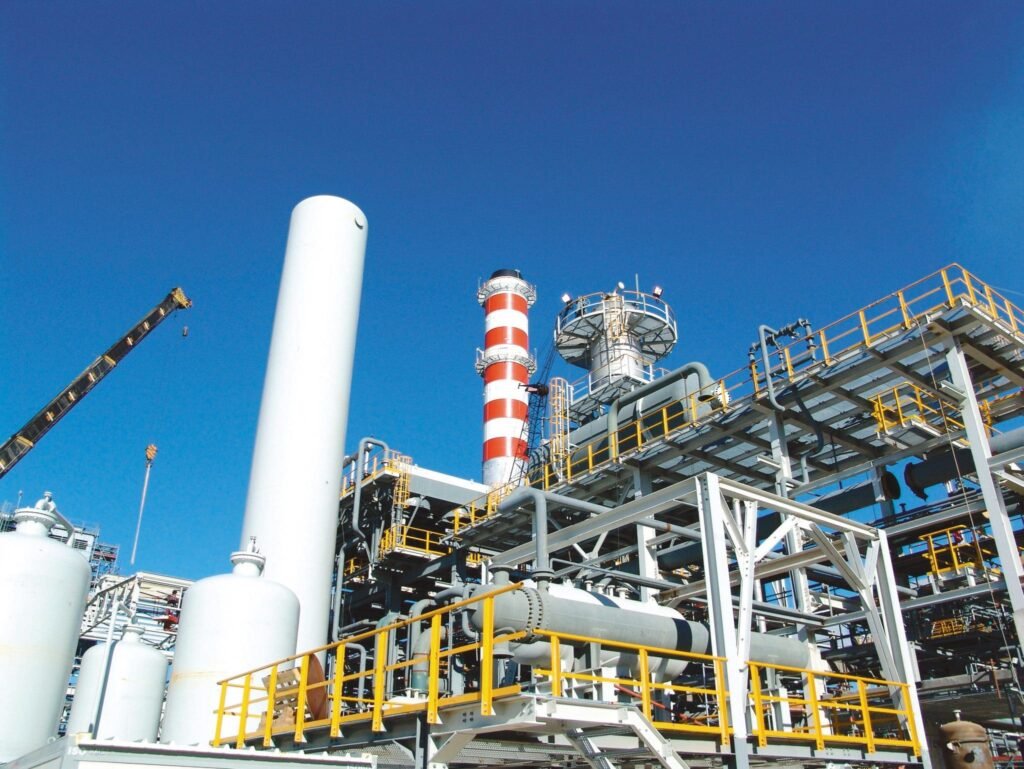Nearly a million tonnes of hydrogen are used each year in industry, chemical and petrochemicals in particular. The CAP set by the government is that 10 % in 2023 and then 20 to 40 % in 2028 of this energy, with green hydrogen. This involves improving performance and the deployment of electrolysis, coupled with increased production of renewable electricity. Overview.
According to a report published on June 14, 2019 by the International Energy Agency (AIE), hydrogen manufacturing costs could fall by 30 % by 2030 and lead “to a change of scale hydrogen production ”. As recalled in the multi -year energy programming project (PPE), alkaline electrolysers are able to produce hydrogen at € 4 to € 5/kg (or € 100 at € 130/mWhpcs) for a duration of Use of around 4,000 to 5,000 hours/year and a cost of electricity around € 50/MWh. By 2030, on the basis of a strong industrialization of these technologies (economies of scale), but also of the performance of electrolysers (research work on electrodes), hydrogen produced by electrolysis could cost between 2, € 5 and 3.5 €/kg (€ 65 at 90 €/MWHPCS), making hydrogen competitive green. Indeed, the PPE tells us that in 2018, the cost of “gray” hydrogen produced in large quantities from fossil products (gas vaporeformation) oscillates between € 1.5 and 2.5 €/kg (or around 38 € to 65 €/MWh) for industrial customers consuming large volumes (refineries). But for certain less intensive uses and for which hydrogen is transported and transported by truck – called “diffuse industrial uses” -, its cost cost is between € 10 and 20 €/kg (250 € to 510 €/MWh) , but rarely below 8 €/kg (around 200 €/MWh). There is therefore a market potential accessible today for hydrogen produced directly on site by electrolysis.
A large -scale deployment
It is therefore a deployment of electrolysers as close as possible on a share of the consuming industries that it is necessary to set up to achieve these objectives, in particular for diffuse industrial uses, which would avoid expensive transport. A size deployment since, to achieve the objectives, it can be estimated that it will be necessary to implement a thousand large electrolysers (alkaline or with membrane with exchange of protons). At this it is at the same time to add several thousand hectares of photovoltaic fields and a thousand wind turbines, including offshore wind turbines, in order to produce the necessary electricity. Experimental sites are starting to give way to operational sites. Example of decarbonation in the cement center, Vicat announces that he wants to pursue his policy of reducing CO2 discharges while retaining his industries in France. However, cement production is an industrial process with continuous fire, which requires a large amount of thermal (transformation of materials) and electric (grinding of materials). Hydrogen produced by electrolysis may well meet these issues. It can in particular be recombined by methanation with the CO2 captured on the smoke. The methane produced (in Power-to-Gas mode) would replace part of the fossil fuels usually used.
With regard to production, we can cite H2V, an industrial company of massive production of hydrogen by electrolysis of water -based energy -based water without carbon. It plans to install a green hydrogen production factory by 2022 in the industrial zone in Saint-Jean-de-Folleville (Seine-Maritime). Public consultation is organized until November 20, 2019. When the Saint-Jean-de-Folleville factory will be fully operational, in 2023, it should produce 28,000 tonnes of hydrogen per year for a French market which in now consumes 900,000 tonnes. H2V wants to provide an answer to the applications of the petroleum and chemical industry, present there, without forgetting mobility. A specific connection made by RTE will be necessary to provide the 200 MW of planned consumption!
For its part, Powidian designs and installs autonomous stations of decentralized electricity, non -polluting and intelligent electricity, and ensures its maintenance. The company inaugurated in early September its first European hydrogen platform in Ville-aux-Dames (37). A real industrial tool allowing to quickly move from the project to the realization, this platform of 1,800 m² will produce hydrogen by electrolysis. It is equipped with 70 kWc of solar panels to provide electricity.

